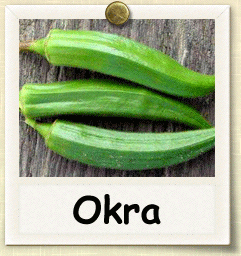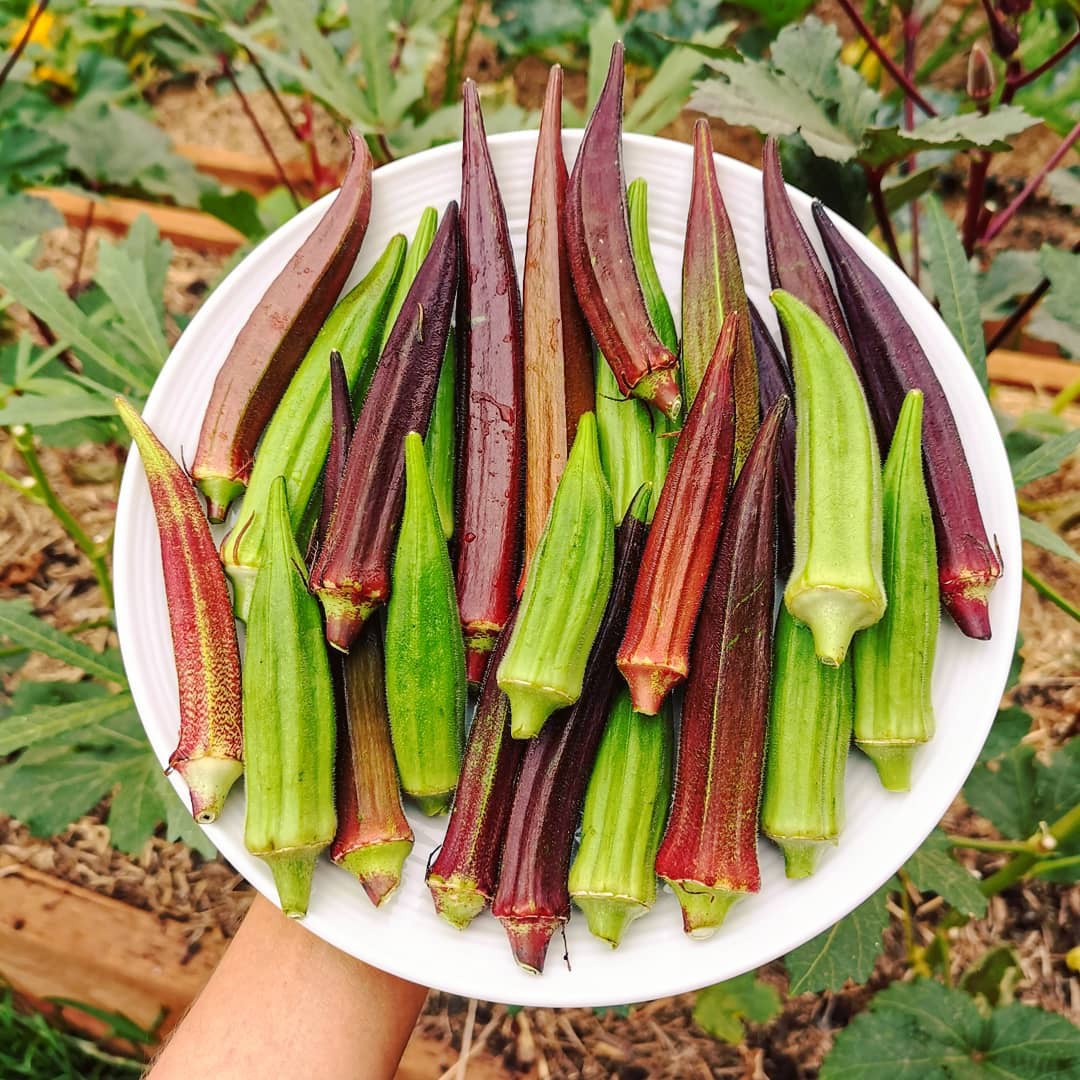

Unspecified parts of the plant reportedly possess diuretic properties. At 794 kg/ha, the yield was exceeded only by that of sunflower oil in one trial. Oil yields from okra crops are also high. The oil content of the seed is quite high at about 40%. The greenish yellow edible oil has a pleasant taste and odor, and is high in unsaturated fats such as oleic acid and linoleic acid. Okra oil is a pressed seed oil, extracted from the seeds of the okra. Okra is also enjoyed in Nigeria where okra soup(Draw soup) is a special delicacy with Garri(eba)or akpu. It is also an expected ingredient in callaloo, a Caribbean dish and the national dish of Trinidad & Tobago. The word "gumbo" is based on the Central Bantu word for okra, "kigombo", via the Caribbean Spanish "guingambó" or "quimbombó". Gumbo, a hearty stew whose key ingredient is okra, is found throughout the Gulf Coast of the United States. Frango com quiabo (chicken with okra) is a Brazilian dish that is especially famous in the region of Minas Gerais. Okra forms part of several regional 'signature' dishes.

As imports were disrupted by the American Civil War in 1861, the Austin State Gazette noted, "An acre of okra will produce seed enough to furnish a plantation of fifty negroes with coffee in every way equal to that imported from Rio." Okra seeds may be roasted and ground to form a non-caffeinated substitute for coffee. Okra leaves may be cooked in a similar manner as the greens of beets or dandelions. Breaded, deep fried okra is served in the southern United States. It is used as a thickening agent in gumbo. It became a popular vegetable in Japanese cuisine towards the end of the 20th century, served with soy sauce and katsuobushi or as tempura. In Indian cooking, it is sauteed or added to gravy-based preparations and is very popular in South India. In Egypt, Greece, Iran, Iraq, Jordan, Lebanon, Turkey and Yemen, and other parts of the eastern Mediterranean, okra is widely used in a thick stew made with vegetables and meat. The fruits are harvested when immature and eaten as a vegetable. Vitamin A (660 IU) Percentages are relative to US recommendations for adults.Ībelmoschus esculentus is cultivated throughout the tropical and warm temperate regions of the world for its fibrous fruits or pods containing round, white seeds. Uses Okra Nutritional value per 100 g (3.5 oz) It was commonplace throughout the southern United States by 1800 and the first mention of different cultivars was in 1806. It was being grown as far north as Philadelphia by 1748, while Thomas Jefferson noted that it was well established in Virginia by 1781. Okra may have been introduced to the southeastern North America in the early 18th century and gradually spread. It was further documented in Suriname in 1686. The plant was introduced to the Americas by ships plying the Atlantic slave trade by 1658, when its presence was recorded in Brazil. The lack of a word for okra in the ancient languages of India suggests that it arrived there after the beginning of the Common Era. įrom Arabia, the plant spread around the shores of the Mediterranean Sea and eastward. One of the earliest accounts is by a Spanish Moor who visited Egypt in 1216, who described the plant under cultivation by the locals who ate the tender, young pods with meal. The plant may thus have been taken across the Red Sea or the Bab-el-Mandeb strait to the Arabian Peninsula, rather than north across the Sahara. The Egyptians and Moors of the 12th and 13th centuries used the Arab word for the plant, suggesting that it had come from the east. The species apparently originated in the Ethiopian Highlands, though the manner of distribution from there is undocumented. Okra is occasionally referred to by an early, now incorrect synonym, Hibiscus esculentus L. In Southern Asia, its name is usually a variant of "bhindi". The Arabic " bāmyah" بامية is the basis of the names in the Middle East, the Balkans, Turkey, North Africa and Russia. In various Bantu languages, okra is called "kingombo" or a variant thereof, and this is the origin of its name in Portuguese, Spanish and French. It is called "Ila" in Yoruba Language (Western Nigeria). The name "okra" is of West African origin and is cognate with " ọ́kụ̀rụ̀" in Igbo, a language spoken in Nigeria.


 0 kommentar(er)
0 kommentar(er)
